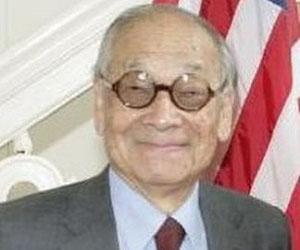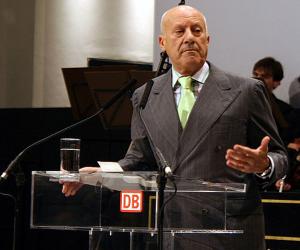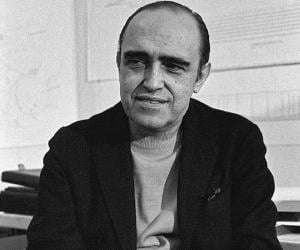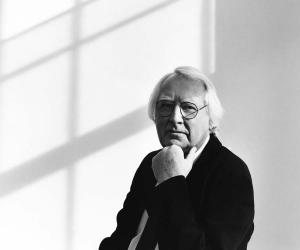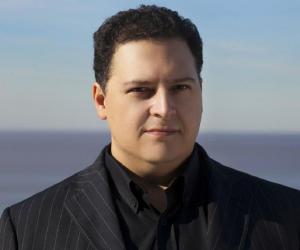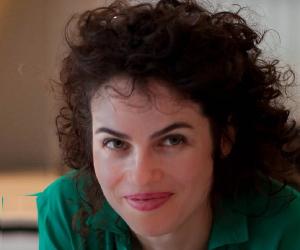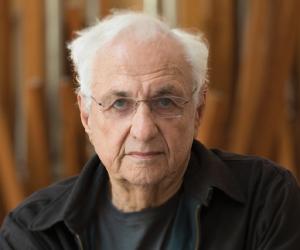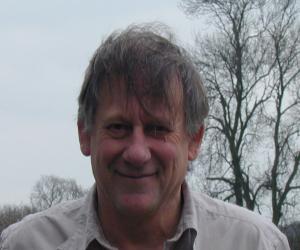I. M. Pei was a Chinese-American architect who drew inspiration from the garden villas at Suzhou when he was young. He is credited with founding I. M. Pei & Associates, an independent design firm, in 1955. Today, the award-winning firm is known by the name, Pei Cobb Freed & Partners. Pei is known for designing structures like the Mesa Laboratory.
Norman Foster is an English designer and architect best known for his association with the progression of high-tech architecture. Regarded as an important personality in British modernist architecture, Foster has been granted several prestigious honors like The Lynn S. Beedle Lifetime Achievement Award. He also serves as the president of the Norman Foster Foundation which aims at helping young architects.
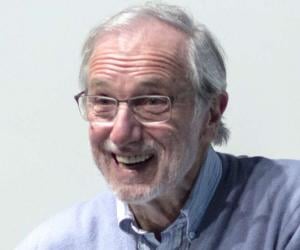
Pritzker Prize-winning Italian architect Renzo Piano was born into a family of builders from Genoa. His firm Piano and Rogers, was co-established with British architect Richard Rogers. The Renzo Piano Building Workshop worked on a number of museum commissions, most notably those of Menil Collection.
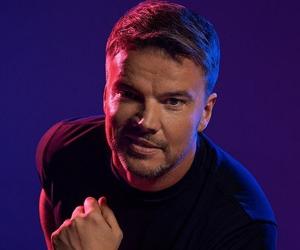
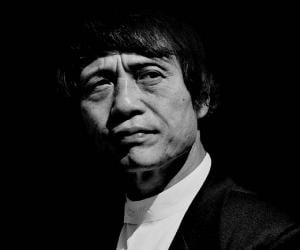
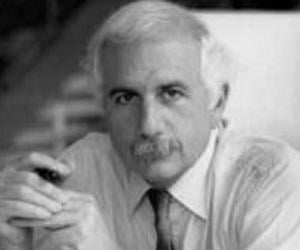
Moshe Safdie is an architect, educator, urban planner, author, and theorist. He is best known for designing Jewel Changi Airport, Marina Bay Sands, and Habitat 67. Widely regarded as a thought leader, Safdie's work has inspired generations of architects all around the world.
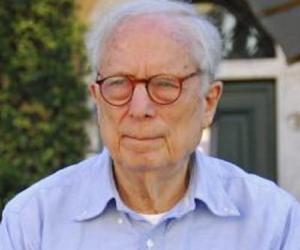
Robert Venturi was an American architect who founded the successful architectural firm, Venturi, Scott Brown and Associates. One of the 20th century's leading architectural figures, Venturi helped shape the way that students, planners, and architects think about architecture. Renowned for designing buildings like the Vanna Venturi House, Robert Venturi was honored with the prestigious National Medal of Arts in 1992.
Richard Meier is an American architect and abstract artist who is credited with designing many iconic buildings, such as the San Jose City Hall, the Barcelona Museum of Contemporary Art, and the Getty Center, Los Angeles. Over the years Richard Meier has won several prestigious awards like the Pritzker Prize and the American Academy of Achievement's Golden Plate Award.
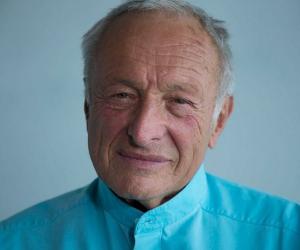
Richard Rogers is an Italian-British architect best known for his functionalist and modernist designs in high-tech architecture. Rogers is recognized for his work on popular buildings like Lloyd's building in London, the Pompidou Centre in Paris, and the building of the European Court of Human Rights in Strasbourg. He is the recipient of many awards, including the Thomas Jefferson Medal.
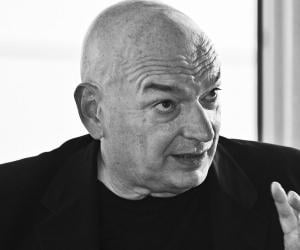
Jean Nouvel is a French architect who was a founding member of Syndicat de l'Architecture, a labor union for architects. He studied at the École des Beaux-Arts and entered into a partnership with François Seigneur. He built a brilliant career and is the recipient of several prestigious awards, including the Pritzker Prize, architecture's highest honor.
Neri Oxman is an American-Israeli designer best known for combining design, computing, biology, and materials engineering into art and architecture. She also serves as a professor at the MIT Media Lab, leading the Mediated Matter research group. Praised as one of the modern-time greats, Oxman was included in ICON's 20 Most Influential Architects to Shape Our Future list in 2009.
Maya Lin is an American sculptor and designer whose competition-winning design for the Vietnam Veterans Memorial earned her national recognition when she was still an undergraduate. Her life and career inspired an Oscar-winning documentary titled Maya Lin: A Strong Clear Vision. Maya Lin has won prestigious awards, such as the National Medal of Arts and the Presidential Medal of Freedom.
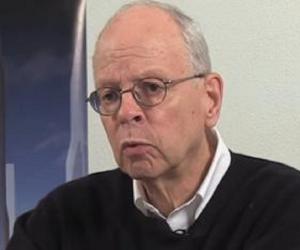
Architect and chairman of Skidmore, Owings & Merrill, David Childs is best known as the designer of the One World Trade Center in New York. While he initially studied zoology, he later deviated to architecture. His projects also include the Changi Airport in Singapore and the National Geographic headquarters.
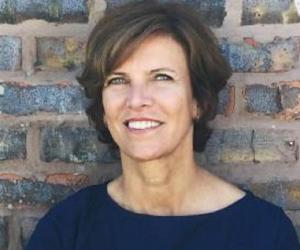
American architect and the founder of Studio Gang Architects, Jeanne Gang is best known for her sustainable designs. The Aqua Tower in Chicago was designed by her and thus became the tallest building ever designed by a woman. She has also penned books such as Reverse Effect.
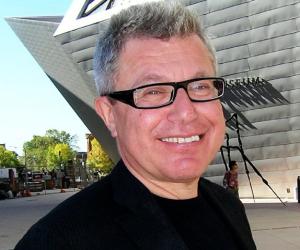
Daniel Libeskind had initially moved to New York on a music scholarship. However, he later deviated to architecture and also taught for a while. One of his most celebrated designs is the Jewish Museum in Berlin. He also won a contest for a proposed design for rebuilding the World Trade Center.
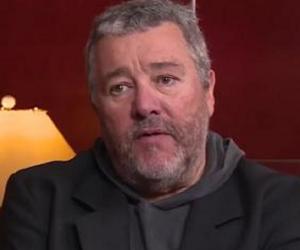
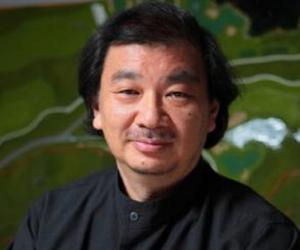
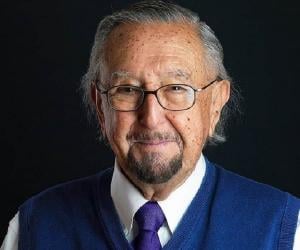
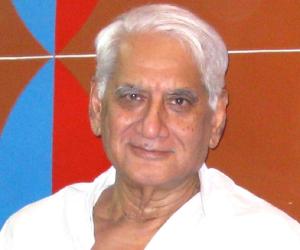
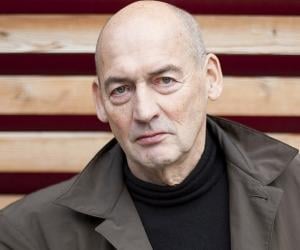
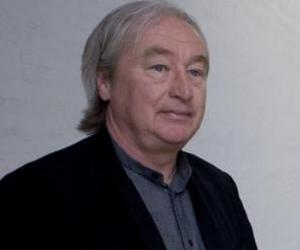
Steven Holl drew on phenomenology for his architectural designs. The Alvar Aalto Medal-winning architect has built museums, commercial buildings, and residential complexes across the world, most notably the Linked Hybrid in China, the renovated American Memorial Library in Berlin, and a horizontal skyscraper in Shenzhen, named the Vanke Centre.
Christopher Alexander is a British-American design theorist and architect whose theories have had influences on several fields, such as sociology, software, and urban design among others. An influential personality, Christopher Alexander's works have contributed immensely to the development of the technology behind Wikipedia and agile software development. He is also known for his 1977 influential book A Pattern Language.
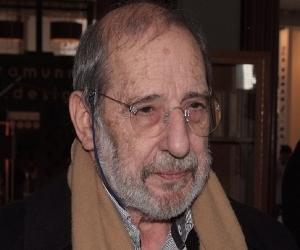

Pritzker Prize-winning architect Thom Mayne had a major role behind the formation of the Southern California Institute of Architecture. He also taught at UCLA and the California State Polytechnic University, Pomona. He later co-established his own firm, Morphosis Architects, which fellow architect Michael Rotondi joined later.
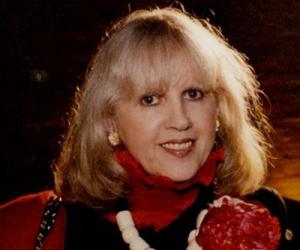
Tessa Kennedy is a British interior designer who works for prominent hotels, restaurants, multi-national corporations, clubs, celebrities, and royalty. She is credited with establishing her own company Tessa Kennedy Design, Ltd., which has received many design accolades. Tessa Kennedy made headlines in 1957 when she eloped with English portrait painter Bede Evelyn Dominick Elwes.
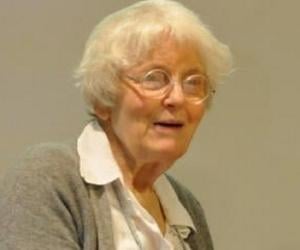
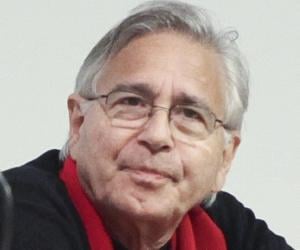
Bernard Tschumi is an architect, educator, and writer. One of the most important proponents of deconstructivism, Tschumi is credited with designing prominent landmarks like Parc de la Villette, Rouen Concert Hall, and the new Acropolis Museum. He has also served as an educator, teaching at prestigious institutions like Columbia University, Princeton University, and the Institute for Architecture and Urban Studies.
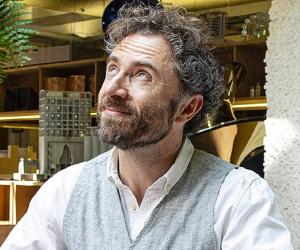
The founder of the London-based architecture firm Heatherwick Studio, Thomas Heatherwick is best known for his works such as the Seed Cathedral for the 2010 Shanghai Expo’s UK Pavilion and the 2012 Olympic Cauldron. A descendant of the owners of fashion brand Jaeger, he studied 3-D design and revolutionized architecture.
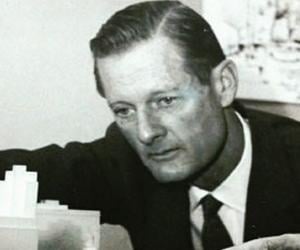
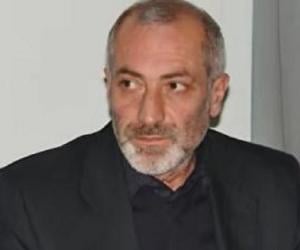
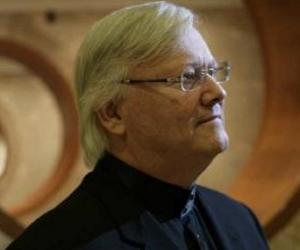
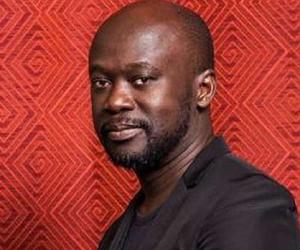
David Adjaye is a Ghanaian-British architect known for designing several noteworthy buildings like the National Museum of African American History and Culture, which is located on the National Mall in Washington, D.C. In 2021, Adjaye became one of the youngest and the first African architect to be honored with the Royal Gold Medal by the Royal Institute of British Architects.
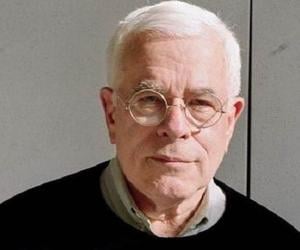
One of the New York Five group of architects, Peter Eisenman heads Eisenman Architects and has designed urban projects. He has also taught at institutes such as Harvard and Princeton, and has penned books such as Eisenman: Inside Out. His creations include the City of Culture of Galicia.

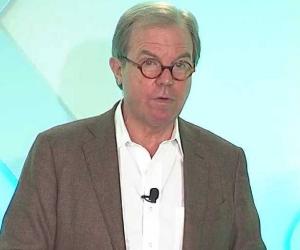
Computer scientist and architect Nicholas Negroponte founded the Massachusetts Institute of Technology's Media Laboratory and the non-profit One Laptop per Child. Born into an affluent Greek family, he was educated at MIT and later taught at both MIT and Yale. He also penned the bestseller Being Digital.
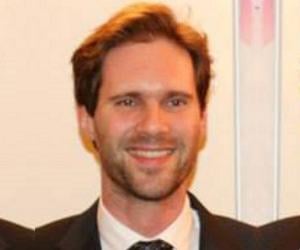
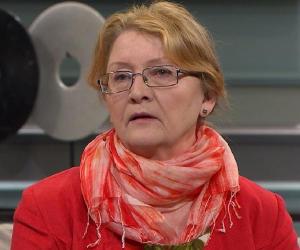
Swedish author, feminist, and political activist Eva Gabrielsson is also an architect who chiefly deals in house and office construction with sustainable architecture. She was a partner of Swedish author Stieg Larsson till his death. Apparently, they never married to keep their whereabouts a secret from extremists.
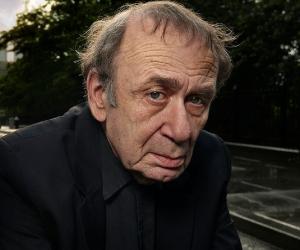
Vito Acconci was an American installation artist whose works had a profound influence on other popular artists like Karen Finley, Bruce Nauman, Laurie Anderson, and Tracey Emin. Acconci is credited with developing several public parks, artificial islands, airport rest areas, and other architectural projects across the United States.
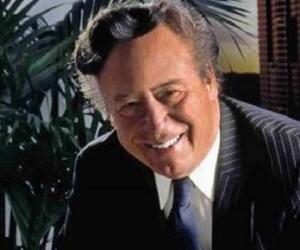
Real-estate developer John C. Portman Jr. is largely credited with redefining the skyline of Atlanta with his innovative architectural projects, such as the Hyatt Regency Atlanta and the 14-block Peachtree Center. He also built several structures in Asia, such as the Tomorrow Square in Shanghai, and relied on symmetry and geometry.
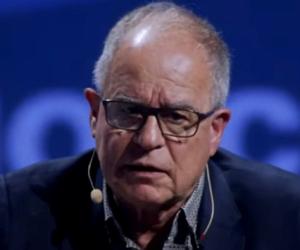
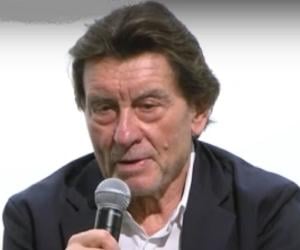
German-American architect Helmut Jahn was a significant figure of postmodern movement and is remembered for his steel-and-glass structures. His best-known works include Thailand’s Suvarnabhumi Airport and Germany’s Munich Airport Center. A yachting enthusiast, he owned three yachts named after his nickname, Flash Gordon. He died in a bicycle accident.
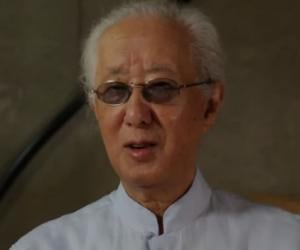
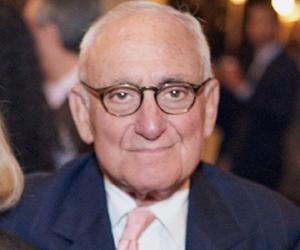
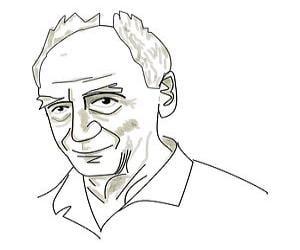
Paolo Soleri was an Italian architect and educator who taught at the Arizona State University's College of Architecture. He is credited with establishing the Cosanti Foundation and also introduced the concept of arcology, a synthesis of ecology and architecture. A respected architect, Paolo Soleri won several prestigious awards like the American National Design Award and AIA Gold Medal.
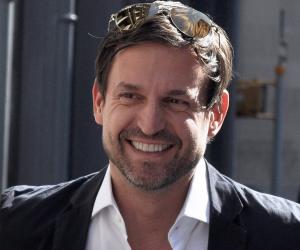
Ole Scheeren is a German urbanist and architect. Best known as the chief of the Büro Ole Scheeren Group, Scheeren has received several awards including the Global Urban Habitat Award, International Highrise Award, and Scheffel Medal. Scheeren is also known for his association with the University of Hong Kong, where he has been serving as a visiting professor since 2010.

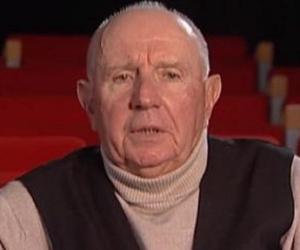
Paul Virilio was a French cultural theorist and aesthetic philosopher. He wrote extensively on a wide range of topics, including technology, architecture, the military, cinema, history, mass media, and terrorism. He also taught intensive seminars at the European Graduate School. Physicists Alan Sokal and Jean Bricmont criticized him for what they characterized as his misunderstanding of science.
